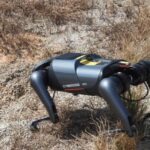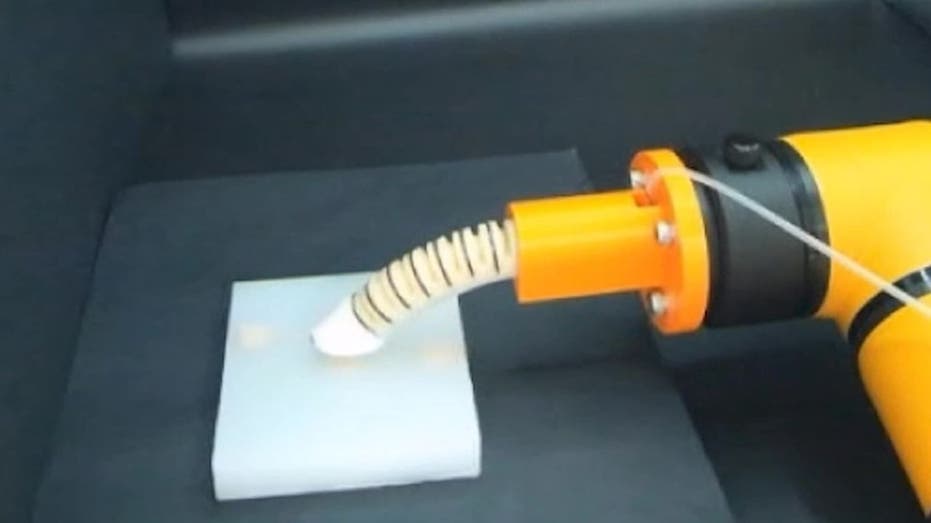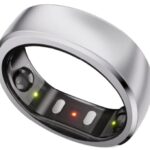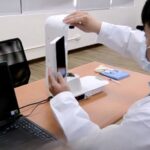The landscape of healthcare is rapidly evolving, and one of the most intriguing innovations on the horizon is the introduction of robotic fingers capable of conducting routine medical examinations. Researchers from the University of Science and Technology of China have developed a human-like robotic finger that could transform the way physical exams are performed.
A Revolutionary Solution for Healthcare Shortages
This groundbreaking technology aims to tackle the pressing shortage of trained medical professionals while simultaneously enhancing patient comfort during examinations. The bioinspired soft finger (BSF) has been meticulously designed to mimic the dexterity and sensitivity of human fingers, making it a compelling alternative for physical assessments.
Innovative Design Features
The BSF boasts a distinctive semicircular shape and utilizes pneumatic networks that enable it to effectively bend and sense pressure. This allows the robotic finger to perform essential tasks such as palpation, which is crucial for identifying abnormalities in tissues, and measuring pulse rates with precision.
How the Robotic Finger Works
The design of the BSF is particularly noteworthy due to its combination of bending actuation and integrated multimodal sensing. This means it can actively perceive various physical properties of objects through touch, emulating the capabilities of a human finger. Researchers stress the importance of physical examinations in the early detection of serious conditions, such as breast cancer, underscoring the potential value of this technology in clinical settings.
Addressing Patient Concerns
The development of the BSF is timely, given the dual challenges facing the healthcare sector today. Not only is there a significant shortage of trained physicians, leading to delays in diagnosis and treatment, but many patients also express hesitation about undergoing physical exams, particularly when being examined by doctors of the opposite gender. A robotic alternative like the BSF could provide a more comfortable and accessible option for patients, encouraging greater participation in necessary medical assessments.
Advanced Palpation Capabilities
The BSF operates through a sophisticated system of bending movements and pressure sensing. When pressurized, the air chambers within the finger expand, causing it to bend inward. This action allows the robotic finger to effectively perform palpation on model tissues. In various tests, the BSF successfully detected model lumps and accurately measured pulses in human participants. The researchers highlighted that this robotic finger can “feel” stiffness and conduct safe and precise palpation, akin to that of a human clinician.
Wide-Ranging Implications for Healthcare
The potential applications of this technology extend far beyond simple examinations. The BSF could be utilized in a variety of healthcare contexts, including routine checkups and remote healthcare scenarios where a physical presence is impractical. Furthermore, it may serve as an invaluable training tool for medical students, allowing them to hone their palpation skills without needing live patients.
The Future of Robotic Assistance in Healthcare
By integrating advanced robotics with critical diagnostic functions, this innovation not only improves healthcare accessibility but also addresses the urgent shortages of medical personnel. As research advances and these technologies become integrated into clinical practice, we may soon see a future where robotic assistance plays a vital role in patient care, ushering in a new era of healthcare delivery.












